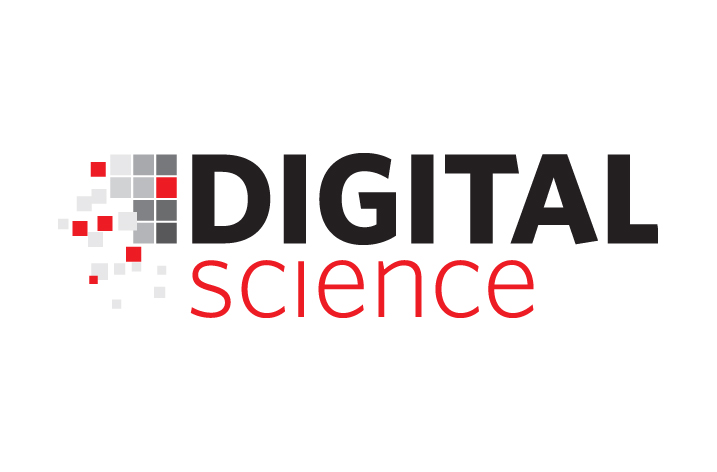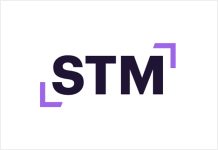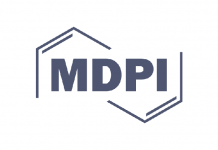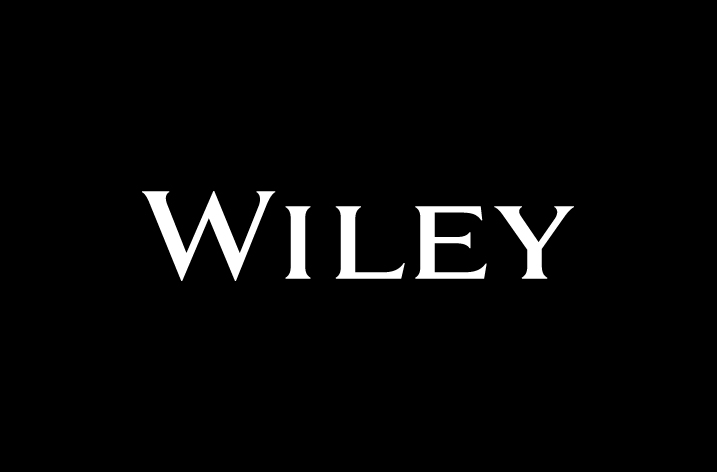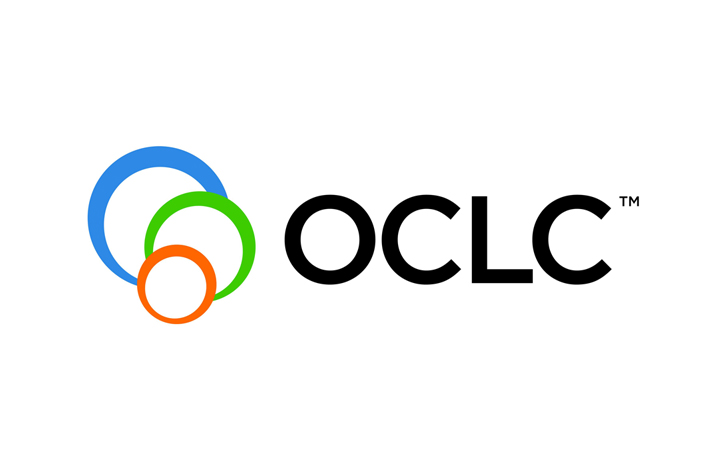
Times Higher Education’s May 25 issue features 19 hot topics in current research that have the potential to change the world. These hot topics were identified using Web of Science citation data and Essential Science IndicatorsSM insights from Clarivate Analytics.
Times Higher Education (THE) chose Web of Science citation data to gain an objective view of contemporary research for its May feature “The next big bang”. The featured research includes enhancing the body’s potential to kill cancer cells; development of genes driven to modify plants, animals and insects; producing clean power sources such as redox flow batteries and “green” hydrogen cars; reducing energy use by low-power LED lighting; discoveries in the environment and ecology field to improve environmental health; next-generation electronics and big physics.
Clarivate Analytics has, for five decades, been the world leader in understanding trends in research through analysis of the curated, high-quality data in Web of Science. Dr. Henry Small and the late Dr. Eugene Garfield pioneered science mapping in the 1970s and 1980s using co-citation analysis. Since then, insights gleaned through this method have informed policymakers and funders on hot or emerging topics and where they should focus their attention and resources.
“The citation network linking one paper to another reveals the organic structure and dynamics of specialty areas,” notes David Pendlebury, senior citation analyst at Clarivate Analytics. “We call these specialty areas ‘research fronts’ because they represent active, leading-edge activity. And since citations reflect the expert judgments of researchers themselves, the citation network is a reliable guide to the true nature of current research, not a depiction employing traditional field or subject categories that lag behind what is really happening today.”
Constructing research fronts starts with identifying highly cited papers (those cited in the top 1% for their age and area) over the most recent five years. It is then determined how often these papers have been jointly cited (co-citation). High co-citation frequency suggests a strong socio-cognitive association between the content of two papers. Repetitive analysis of co-citation patterns yields clusters of related research reports. These clusters, or research fronts, are provided in the Clarivate Analytics Essential Science Indicators database. About 8,000 appear every two months in Essential Science Indicators.
For THE’s May feature, research fronts with the youngest co-cited papers and with at least 200 citations to date were extracted and 19 selected for special attention, reflecting their wider scientific environments and potential applications. THE editors assigned these to five broad groupings (biology and medicine, energy and light, astrophysics and high-energy physics, environment and ecology, and next generation electronics) and its journalists interviewed the key players and describe why these fronts capture what is hot in research today.
“Highly-cited papers turn out to be one of the most reliable indicators of world-class research, and can provide a map of the most innovative research,” said Jessica Turner, global head of the scientific and academic research business at Clarivate Analytics. “We are pleased that THE has chosen Web of Science citation data to identify the truly groundbreaking science that will impact the world we live in.”





